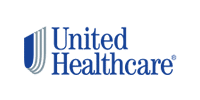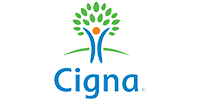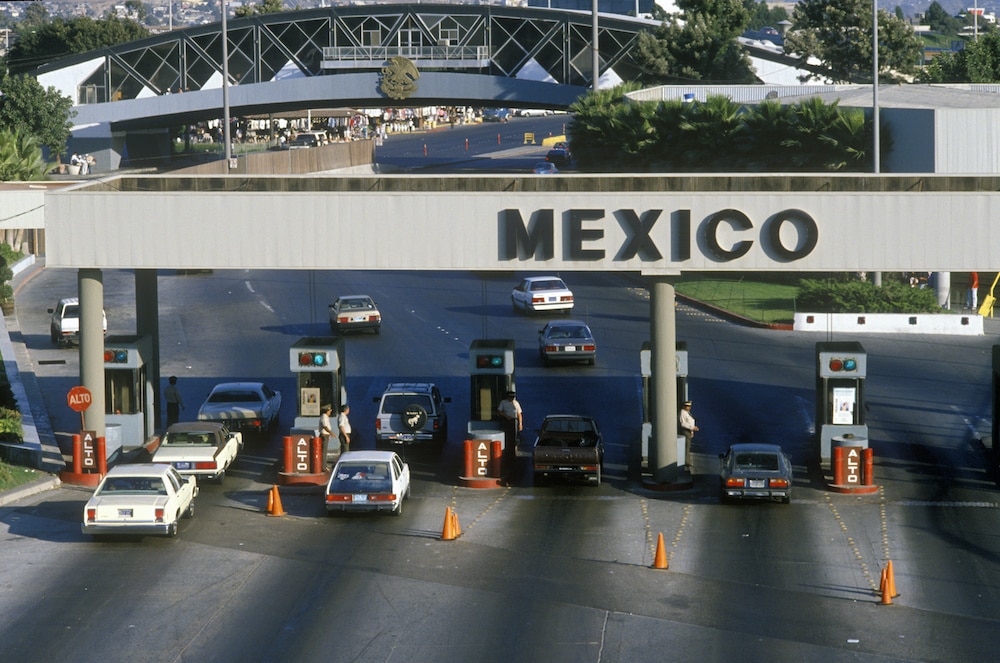Harm Reduction Vending Machines To Be Installed In New York
New York City officials have proposed a new initiative that will feature the installation of “public health vending machines.” These vending machines will dispense free toiletries, safe sex kits, and harm reduction supplies, such as overdose reversal medications and sterile syringes.
What Is Harm Reduction?
Harm reduction programs are aimed at reducing overdose deaths and other adverse outcomes that can come from drug use. While most policies are focused on abstinence, harm reduction works to give agency to those who are struggling with a substance use disorder (SUD). This is done through a spectrum of approaches such as managed and safer use.
Because each program differs based on the community’s needs, there is no set definition for harm reduction. States in the US who take this approach typically provide medications to reverse overdose, resources on treatment, and needle exchange. The National Harm Reduction Coalition lists 8 principles that are essential for harm reduction programs. These principles include:
- Accepts that licit and illicit drug use is part of our world and chooses to not ignore or condemn harmful effects.
- Recognizes that substance use is a complex situation and that some methods are safer than others.
- Uses the quality of individual and community life as the program’s criteria.
- Services and resources are provided without judgement or coercion.
- Program is created by routinely giving a voice to those who use substances or have a history of substance uses.
- Those who use substances are the primary agents in reducing harm.
- Acknowledges that social inequalities, like poverty, class, racism, past trauma, and discrimination can affect an individual’s vulnerability for substance use.
- Does not minimize or ignore the harms and dangers that are associated with substance use.
New York City’s Vending Machine Plan
It has been reported that every 4 hours, a person in New York City dies of a drug overdose. Like the rest of the US, New York City has seen an increase in overdose related deaths over the past few years. In 2020, 2,062 overdose deaths were recorded for the city which is 500 more than the prior year.
This $730,000 pilot program is geared towards curbing overdoses by making harm reduction supplies easily accessible. In order to reach the areas that have been especially affected by overdose deaths, 10 public health vending machines will be placed in all 5 boroughs of the city. Central Harlem, Union Square, Far Rockaway, Stapleton, and East New York have been identified as top priority neighborhoods.
While residents of New York state currently have access to clean syringes at pharmacies throughout the state, these vending machines may be a more appealing option. By eliminating face-to-face interactions and being available 24/7, harm reduction vending machines can get supplies to the people who need them most, where they need them, and on their schedule.
Needle Exchange Programs And Naloxone
Exchanging needles and providing Naloxone will be the main focus of New York’s harm reduction vending machines.
The Centers for Disease Control and Prevention (CDC) defines syringe services programs (SSP) as community based programs that provide access to sterile needles and syringes, facilitate safe disposal of used syringes, and link people to treatment programs. Studies have shown that those who participate in SSPs are 5 times more likely to enter treatment than those who do not. It has also been proven that these programs can be successful in preventing the spread of HIV, Hepatitis C, and other skin and other high risk infections.
Naloxone is a medication that can reverse Opioid overdose by attaching to Opioid receptors to block the substance’s effects. This can be achieved through a nasal spray form of Naloxone or by injecting it into muscle. Being able to recognize an Opioid overdose is important when it comes to using Naloxone. Signs of of Opioid overdose include:
- Unconsciousness
- Small pupils
- Shallow breathing
- Vomiting
- Inability to speak
- Faint heartbeat
- Pale skin
- Purple fingernails or lips
Once Naloxone has been administered, it will only reverse effects for 30 to 90 minutes. For this reason, it is essential that emergency services be contacted immediately along with the use of Naloxone.
Las Vegas’s Harm Reduction Vending Machines
Nevada was the first state to install vending machines similar to the ones included in New York’s plan. The state, which began using these vending machines in 2017, saw significant success within the first year, especially in the Las Vegas area. From 2017 to 2018, approximately 23,540 clean syringes were distributed. 1/4th of the transactions were for HIV and Hepatitis C tests and 5% of clients asked for referrals for treatment programs. Additionally, nearly half of those who used the vending machines requested Naloxone.
The 3 vending machines placed in southern Nevada have been deemed a success. Their harm reduction services have been able to keep people safe by providing supplies to otherwise hard to reach groups of people. These populations can receive the supplies they need in a discreet manner which has helped to lower the stigma that is associated with getting help for a SUD.
Biden’s Push Towards Harm Reduction
The Biden Administration is the first to openly support harm reduction policies. While not everyone is in support of this approach, the need for reducing the harms caused by drug use is more important than ever. In 2021, the US reported its highest number of overdose deaths in a 12 month period at over 100,000.
On December 8th, 2021, the Biden Administration announced that they will be making efforts to work towards implementing more harm reduction programs. To do so, they will be supplying over $30 million in grants. These grants will be used for harm reduction services such as syringe exchanges and Naloxone.
Critics of harm reduction believe that these programs do not address the most critical issues of addiction. Additionally, it is often thought that needle exchange programs will create more litter in the area. Studies have found that this claim is not true.










